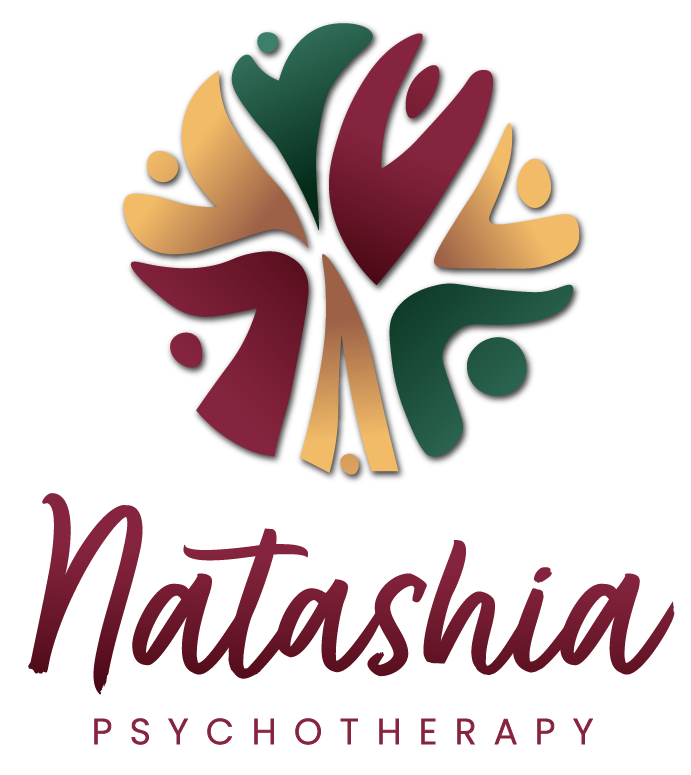A Mind of Their Own: Our Breasts--From Objectivity to Functionality Part I
Trigger Warning: Derogatory language regarding women’s breasts quoted.
Note: All names and client details have been altered to protect each woman’s confidentiality and privileged information.
Part One of a Four Part Series
This is not an article about breastfeeding mothers. I also don’t have a five step plan that will resolve your authentic relationship with your breasts. This is an article for women acknowledging the external influences we experience regarding the our culture’s emphasized purpose of breasts and the impact this has on our personal connection with our boobs. From girlhood, through puberty, young adulthood and then as mothers, we are inundated with cultural messages about our breasts. From Hooters (you know, that “family" restaurant) to American Apparel (you know, that “all-american” clothing store that has super young looking models in extremely sexualized ads), to our very personal experiences within our families, what is involved in the mental and emotional process of identifying with our chest area? Is our future breast identity affected by our girlhood experiences? What is involved with identifying with our developing breasts as teens? As young adults? As Mothers? Amongst all the cultural dogma objectifying our breasts, is there a way we can empower ourselves to connect authentically with our breasts? What does that mean? What does it feel like?
OK, Sigh…so many questions. These are personal questions. I don’t have a dogmatic answer that magically works for all of us. I don’t have any specific answers for you AND Thank goodness! In fact, if I were to give you some script on how to authentically connect with your breasts, I would be mirroring the idea that my singular perspective is the truth and the whole of your breasts. I’m not going to do that.
Women’s breasts are literally present in my office all the time. I am a therapist who specializes in working with mothers and couples, and lead various Mother and Couple Support Groups. Mother’s nurse in front of me, they pump during individual and couple’s sessions, they comfort their babies at their bosoms. Sometimes women even snuggle with their partners at their bosom during a tender moment of a therapeutic session. They share their feelings regarding their ever-changing breasts (i.e. identifying—or not— with their breasts when they have changed in size due to pregnancy, weight gain/loss; what it’s like for them to feed and/or nurture their babies at their breast; whether they enjoy engaging in sexual stimulation wit h their breasts today in any way that resembles their pleasure/play with them prior to pregnancy; the emotional impact of the reality of experiencing sore nipples and breast areas; how they are processing their’s and other’s feelings about their success or lack of with breastfeeding—which can be so tied to her concept of how successful or not she is as a mother; etc.). And it all makes sense. Our breasts are not merely there for sexual gratification and/or objectification; Our breasts are not just a part of us due to their function in feeding and caring for our loved ones. There is a complex and rich tension in acknowledging all the ways in which we relate with our breasts—the complexity is a far cry from just the objectivity that mass media promotes or the functionality of our breasts in terms of milk production. Our breasts may be an area where any one of us can individually experience sexual stimulation. Our breasts may also be a place where we invite and rely on their ability to produce milk and/or be a bonding zone between ourselves and our beloved. Is this it though? In fact, the varying roles and feelings we have about our breasts, our connection with them is a life long journey that shape shifts. Every human woman has both a collective and individual set of experiences that inform her identity with her breasts. Acknowledging this through personal thought and open conversation is a great step in growing closer to your breasts, your body and your mind. We open empowering doors moving towards our authentic truths about our mind-breast relationship, as we explore this conversation internally and with others.
Breast Scenes: Pre-puberty
Last night I put my 5 year old son to sleep. During his routine massage, instead of gently stroking his belly or back, for whatever reason, I found myself gently massaging his chest. In the most relaxed voice he said, “This feels really good Mommy”. I learned something new about what is soothing for him; about what helps him turn off, getting to a more relaxed state. Two immediate things came to mind. Firstly, the chest area of a human is such an intimate, sacred space. It makes sense to me that it feels relaxing to sooth and be soothed through that space that is literally closest to our very hearts. I could relate with my child’s experience in this sense.
Subsequently, as obvious as it may seem, it became apparent to me that my son and I will have incredibly different experiences in how we identify with and what informs our choice to share our chest area with others. If someone gently massaged my chest, I can imagine it being potentially relaxing, perhaps in the kind of way my son felt. That said, depending on who was doing the massage, it would be experienced in a “loaded” way. You may think this is true for males as well, but it doesn’t hold the same weight as it does for females. In the same way that my identity with my knee caps, for instance, doesn’t have as much baggage as my identity with my breasts because of the power and societal focus on women’s breasts vs. mens or knee caps, in general. As young girls when we are developing our mind and bodies we experience both conscious and unconscious messages about our breast area affecting our identity as women.
Consider this example from a client, we will call Samantha, who was reflecting on a childhood memory involving her chest area. She is 6 years old in this memory and at a baseball game during a heated summer day in hot and humid Florida. She is standing on the side lines of the field with her family and other spectators; immediately next to her father. She complains about feeling very hot. A sportsman by trade and passion, without pealing his eyes from the game, her father suggests she take her shirt off. Contemplating the idea, she surmised that might help her feel a little less heated. She let her father know she was willing to try this, to get some reprieve from the heat. Again, without pealing his eyes away from the game, he helped her remove her shirt. Now, nude from the waist up, her mother took notice and exclaimed, questioning the father’s choice in exposing their daughter’s chest publicly. Her father retorted (again, with passionate focus on the game) that she had “nothing to hide— yet”. Her recollection is she didn’t last more than 2 minutes with her shirt off. She felt exposed and embarrassed. She put her shirt back on choosing the discomfort of the heat over that of public exposure and shame.
By the age of six, Samantha was already feeling the impact of other’s opinions about her chest, leading her to choose to move away from the pressure and tension of judgement about her chest, forsaking physical comfort, as a consequence. This is not a “bad” thing. It’s just a reality for most females. As we grow up, we are told in a variety of ways that our breasts hold great power in and of themselves and that we need to make choices (that will be judged by others) about how we want to represent and share our breasts. Will we choose to cover them up appropriately given the setting we are in? Will we prop them up, creating cleavage and a shelf— for viewing purposes? Will we make sure to wear gear that covers our potentially protruding nipples, so as to avoid distracting others?
This is Part One of a four part series. Part Two follows in the next blog posting on this blog.
Contact me with your feedback.
This Article was originally published in Milk Mag, 2015, distributed by Boobie-Palooza.

